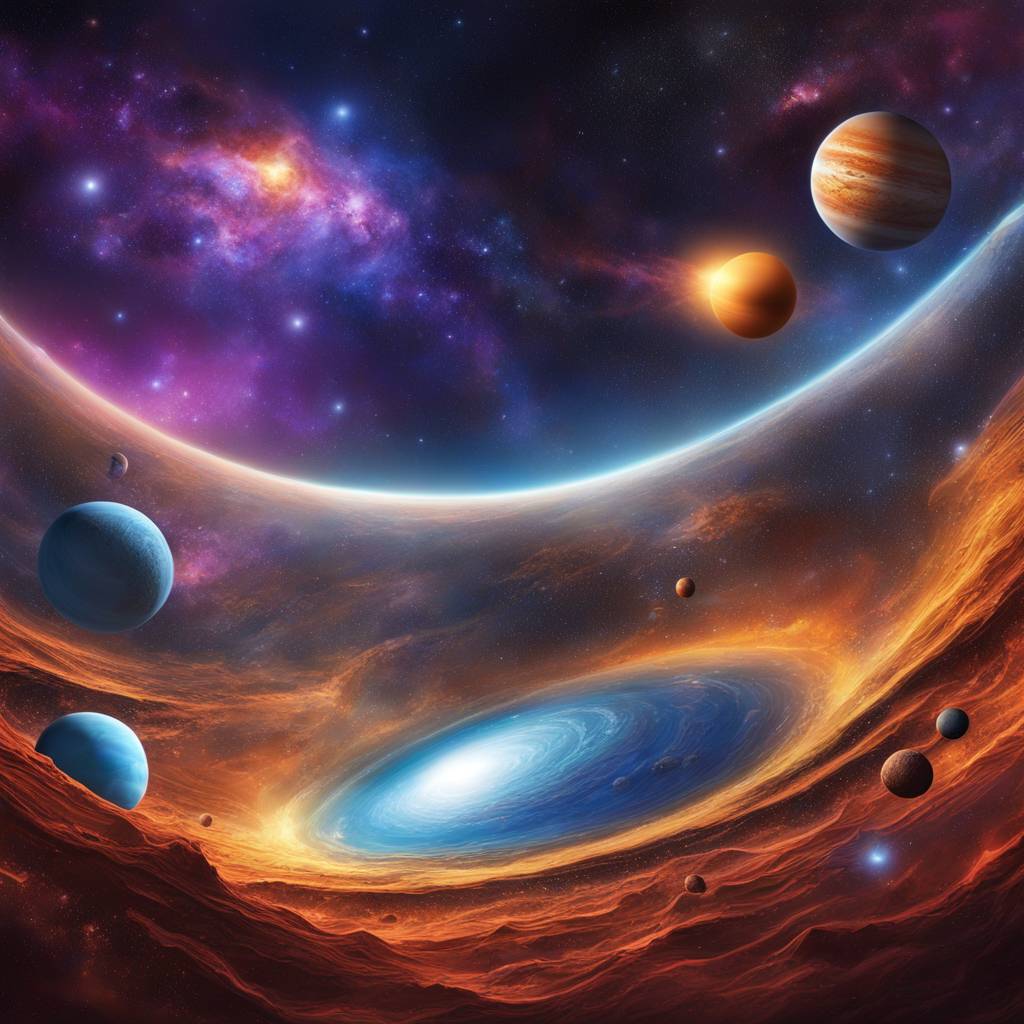Three studies led by the University of Michigan, University of Arizona, and University of Victoria are combining images from the James Webb Space Telescope, Hubble Space Telescope, and ALMA to observe protoplanetary disks and look for early signs of planet formation. These disks are made up of dust and gas swirling around a central protostar. While only two planets have been observed in the act of forming, astronomers hope that the powerful instruments of the JWST can provide more insights into the process of planet formation and the interactions between planets and their natal disk.
One study led by the University of Michigan focused on a disk surrounding a protostar called SAO 206462. While the researchers found a possible planet candidate in the disk, it was not the planet they were expecting. This unexpected discovery leaves uncertainties about whether it is a planet or some background stellar object. Techniques like angular differential imaging using NIRCam on JWST can help detect thermal radiation and specific emission lines associated with the planet forming process.
Another study from the University of Victoria examined the disk surrounding the young star HL Tau. Although the researchers were unable to detect planet signals due to intervening dust, they discovered unexpected details about the proto-stellar envelope. This envelope is the dense inflow of dust and gas surrounding the young star, providing the raw materials for planet formation. JWST revealed intricate details about this feature, shedding light on the early stages of star and planet formation.
In a third study, led by the University of Arizona, researchers looked at the protoplanetary disk of MWC 758. While spiral arms were observed in the disk, hinting at the presence of a massive planet, no new planets were detected during recent observations. The sensitivity of JWST allows for stringent constraints to be placed on suspected planets, ruling out additional planets in the outer regions of the disk. The lack of detected planets suggests that they may be too faint to be seen with current technology or obscured by dust.
The search for forming planets is crucial as it provides insights into the formation process and the distribution of chemical elements within planetary systems. Understanding how gas giant planets shape protoplanetary disks will help astronomers refine their theories and ultimately comprehend how rocky, Earth-like planets evolve. By observing structures like gaps, rings, and spirals in these disks, astronomers can gather clues about the presence of forming planets and their interactions with the disk material, leading to a better understanding of planetary system evolution.
Catching planets in the act of forming can help connect the dots and unravel the mysteries of planet formation and evolution across different systems. By observing these early stages of planet formation, astronomers hope to fill gaps in their knowledge and refine their understanding of how planets and planetary systems evolve over time. The continued search for forming planets using advanced instruments like JWST will undoubtedly provide valuable insights into the complex processes that shape our universe.






